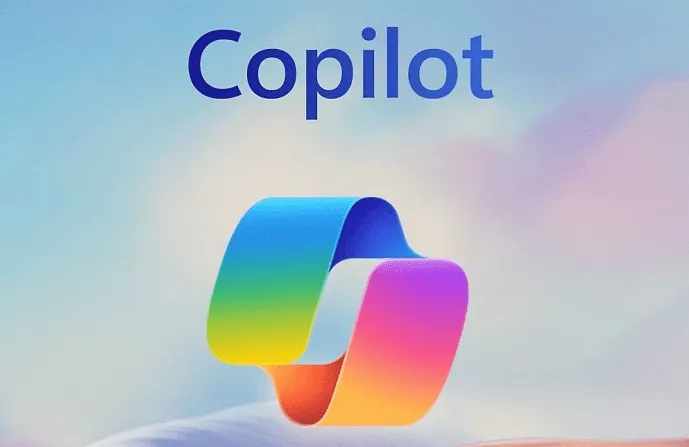In the modern workplace, productivity tools are vital to staying competitive. Copilot AI is one such tool, integrating artificial intelligence into business processes to help teams work more efficiently and effectively. This guide explores essential features of Copilot AI that can boost productivity and why businesses, including companies like VITG (Virtual IT Group), are adopting it to enhance their operations.
Contents
Why Copilot AI is a Valuable Productivity Tool
Copilot AI is a productivity booster that automates routine tasks, provides intelligent suggestions, and seamlessly integrates into existing workflows. Its ability to adapt to various business needs makes it appealing for companies aiming to maximise their resources.
The Benefits of Using Copilot AI
- Automating repetitive tasks: Reduces manual workload and frees time for more strategic initiatives.
- Delivers actionable insights: Analyses data to offer valuable suggestions that help businesses optimise their operations.
- Enhances collaboration: Integrates with widely-used tools, improving team communication and project management.
Key Features of Copilot AI That Drive Productivity
1. Automating Daily Tasks
A significant advantage of Copilot AI is its ability to handle routine tasks automatically, allowing team members to focus on high-value work.
- Automated data entry: Streamlines the process by pulling information directly from documents or emails, reducing errors.
- Meeting scheduling assistance: Finds the best meeting times based on participants’ availability, simplifying calendar management.
- Workflow triggers: Automates follow-up actions such as sending reminder emails or updating project management tools.
2. Seamless Integration with Microsoft Copilot AI
Integration with Microsoft Copilot AI brings a new dimension to productivity tools. It works within familiar applications to help users make the most of AI-powered features.
- Embedded in Microsoft 365 apps: Functions within Word, Excel, Teams, and Outlook to assist users without requiring them to switch platforms.
- Natural language commands: These interpret everyday language, allowing users to interact with AI in an intuitive way.
- Real-time collaboration: Supports teams working on shared documents by providing suggestions and automated updates as needed.
3. Providing AI-Powered Insights
Copilot AI doesn’t just automate tasks; it also delivers insights that can significantly improve decision-making.
- Data analysis: Processes large amounts of data quickly, uncovering trends and patterns that might go unnoticed.
- Sales and marketing optimization: Uses historical data to suggest strategies to boost sales or improve marketing outcomes.
- Performance tracking: Monitors key metrics to ensure teams stay on track and offers alerts when adjustments may be needed.
How Businesses Like VITG Use Copilot AI for Maximum Impact
Companies like VITG (Virtual IT Group) leverage Copilot AI to streamline operations and increase productivity. By integrating AI into daily workflows, they can automate time-consuming tasks and use data-driven insights to make smarter decisions.
- Automating Repetitive Processes
For IT companies like VITG, automating routine processes such as data entry and customer follow-ups helps reduce manual workload and enables employees to focus on delivering value to clients.
- Automating ticket management: Helps to resolve client issues faster by streamlining help desk workflows.
- Improving internal communication: Assists in managing team schedules and automates status updates for ongoing projects.
- Enhancing Customer Support with AI
Copilot AI can support customer service teams by automating responses to frequently asked questions and generating insights based on customer interactions.
- Automated responses: Quickly addresses common inquiries, freeing up support staff for more complex issues.
- Predictive insights: Uses past interactions to proactively anticipate customer needs and suggest solutions.
Best Practices for Implementing Copilot AI
To get the most out of Copilot AI, it’s essential to implement it effectively and integrate it into existing business workflows.
- Identify Key Areas for Automation
Start by targeting areas where manual work consumes significant time. These are ideal for automation.
- Focus on administrative tasks: Automate data entry, scheduling, and other repetitive activities.
- Expand gradually: Begin with one department and implement AI in other areas to ensure smooth adoption.
- Train Your Team to Use Copilot AI Effectively
Successful implementation requires that employees understand how to use the AI’s features.
- Offer training sessions: Provide step-by-step guides or tutorials to familiarise teams with Copilot AI’s capabilities.
- Encourage experimentation: Allow employees to test various functions and find new ways to integrate AI into their daily tasks.
- Monitor Performance and Make Adjustments
Regularly track how AI impacts productivity to ensure it meets business goals.
- Measure time savings and error reduction: Use metrics to evaluate how much time Copilot AI saves and whether it reduces manual errors.
- Collect user feedback: Ask employees for input on how the AI works for them and identify areas where improvements can be made.
Conclusion
Copilot AI offers businesses an effective way to boost productivity through automation and data-driven insights. By integrating features like those found in Microsoft Copilot AI and implementing best practices, companies can streamline their workflows and stay competitive. Businesses like VITG (Virtual IT Group) already benefit from this technology by enhancing operations and customer support. Explore how Copilot AI can help your business work smarter, not harder.
